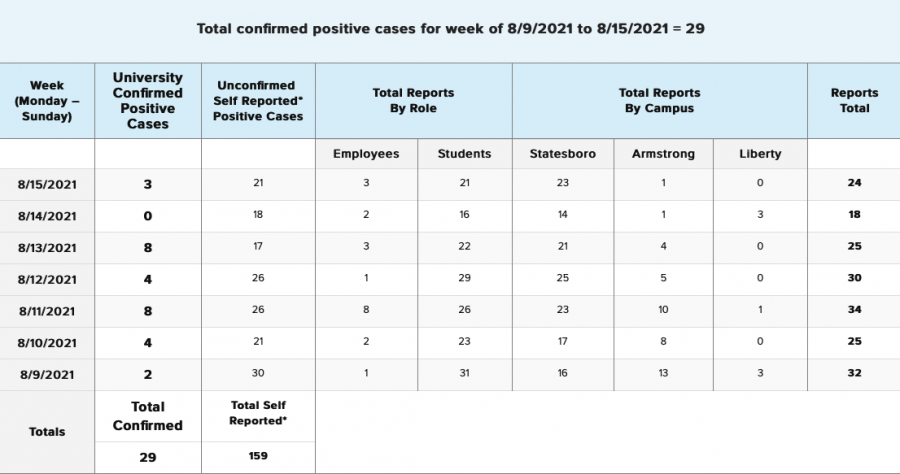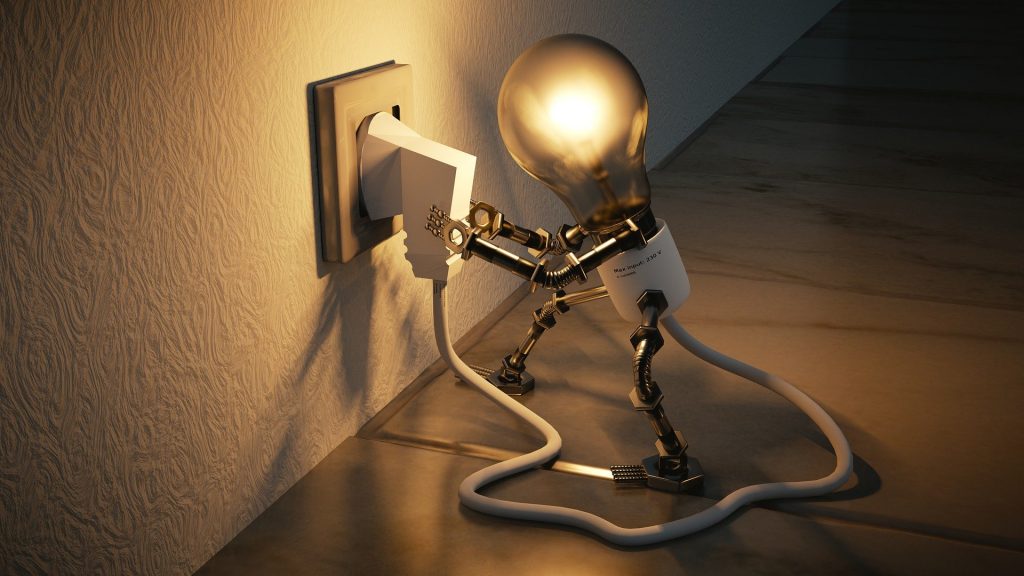
New Tutorials and Activities Available for Free with Cengage Unlimited Subscriptions
BOSTON—August 17, 2021 — In a recent Cengage survey, half of college graduates said they felt underqualified to enter the workforce. To help students develop important employability skills and better prepare for work, Cengage, a global education technology company, is making additional career support available for free via Cengage Unlimited, the first all access subscription for textbooks and course materials. In addition to their course materials, subscribers can access more than 100 employability modules covering everything from how to get career ready, assess employability skills, explore careers and get a job.
“The number one reason students attend college is to get a job, so it’s a major problem if half of graduates don’t feel ready for the workforce,” said Fernando Bleichmar, Executive Vice President and General Manager, U.S. Higher Education at Cengage. “Students often aren’t even aware how the skills they have map to different jobs that are available to them. We need to do more to ensure students are job ready, not just degree-ready. The new employability modules in Cengage Unlimited are an important step in the right direction.”

The new modules, created with noted expert and career coach Ashley Stahl, are included in the Career Center and cover:
• Exploring Careers: resources to help students understand what careers match their skillsets and interests, what jobs are available to them as well as salary information for different positions.
• Getting Career Ready: videos, quizzes and activities to help student build important in-demand employability skills in communication, digital literacy, critical thinking, professionalism, adaptability on the job, and more.
• Getting the Job: information to help students get the job they want, including job search tips, resume writing, cover letter and portfolio help as well as interviewing preparation.
For Lindsey Myers, a former Cengage student ambassador and a recent graduate of El Paso Community College, the Career Center resources were helpful for planning for future beyond college. “The Career Center helped give me an idea of different career paths out there for me I didn’t even know about,” said Myers.
University of Alabama graduate Katie Roberts also used the Career Center tools to map her major to potential occupations and salaries in the real world. “This has given me a better sense of what I want to do in the future and where I should be focusing to achieve my career goals.”
The Career Center is included for free with Cengage Unlimited and Cengage Unlimited eTextbooks subscriptions.
For more information about Cengage Unlimited visit: cengage.com/unlimited.
For more information about the Career Center and other tools available with a Cengage Unlimited subscription, visit: cengage.com/unlimited/perks/.
About Cengage
Cengage, a global education technology company serving millions of learners, provides quality digital products and services, equipping students with the skills and competencies needed to advance their careers and improve their lives. We serve the K-12, higher education, professional, library, English language teaching and workforce training markets worldwide. Our industry-leading products and services make education more accessible and affordable, including Cengage Unlimited, the first-of-its-kind all-access digital subscription service. Visit us at www.cengage.com or find us on LinkedIn, Facebook or Twitter.
###
Media Contact
Kristina Massari
Cengage
203-965-8694
kristina.massari@cengage.com





